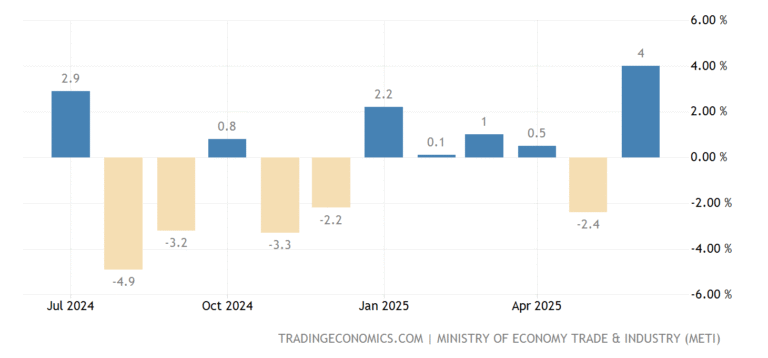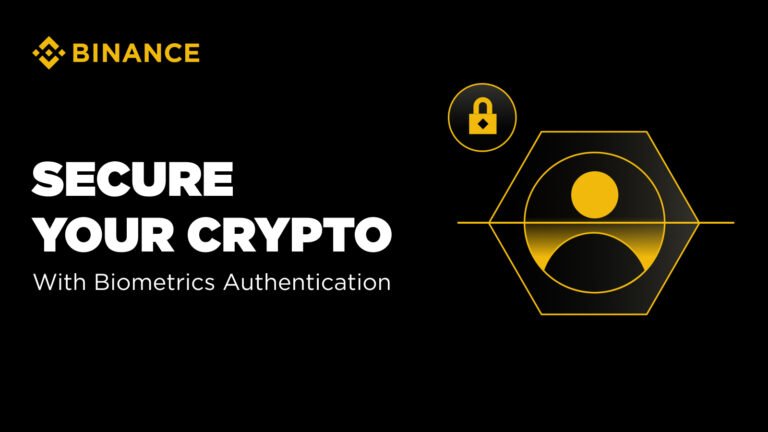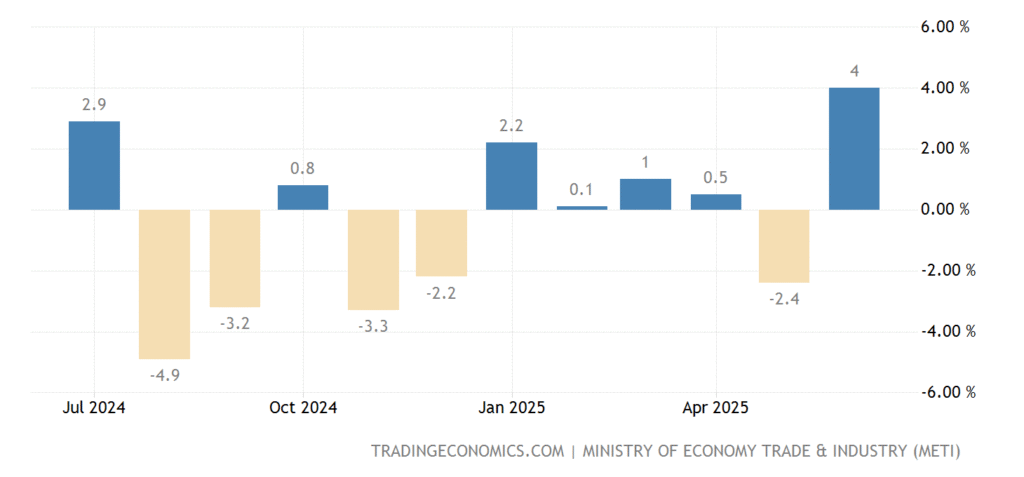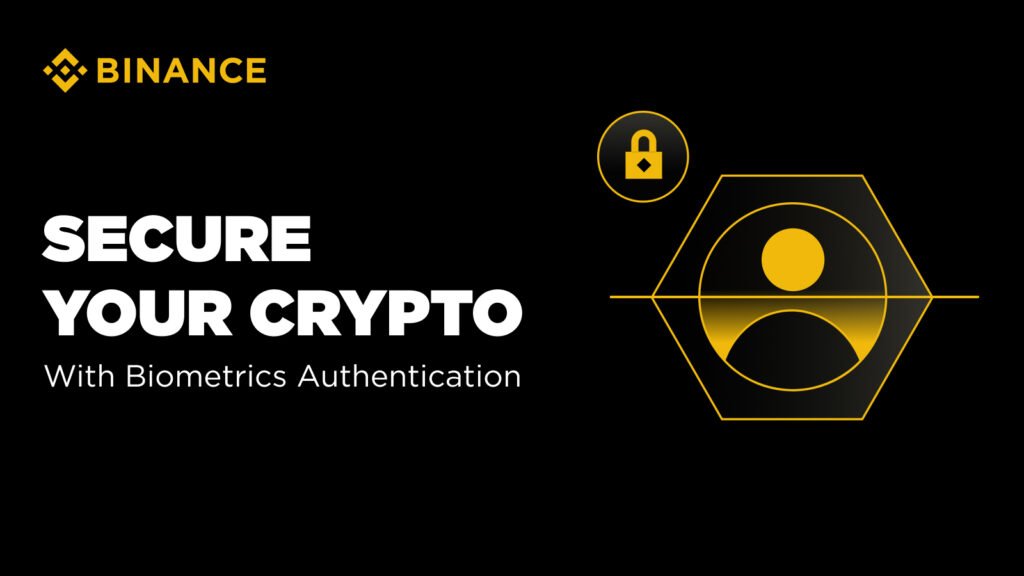When you first hear “crypto card,” it might sound like a niche gadget for hardcore blockchain enthusiasts. But these cards are quietly becoming as practical as traditional debit and credit cards — and in some cases, even more versatile. From booking hotels abroad without worrying about currency exchange fees to earning crypto rewards on everyday coffee runs, their applications are increasingly blending into daily life. If you’ve ever wondered whether they’re just a tech novelty or a real-world financial tool, the truth is, many people are already integrating them into routines without even thinking twice.
Everyday Purchases Without the Currency Conversion Headache
One of the most immediate benefits of crypto cards is how they streamline international transactions. Traditional bank cards often tack on 2–3% foreign transaction fees plus an unfavorable exchange rate. With a crypto card, your digital assets can be converted to local currency at competitive rates in real time, making it ideal for frequent travelers or remote workers who deal with multiple currencies.
This isn’t just about vacations. Digital nomads, for instance, can pay for coworking spaces in Portugal on Monday and a SIM card in Japan on Friday, all without the hidden costs that come with bank-issued travel cards.
Seamless Online Shopping Across Borders
E-commerce is global, but payment barriers often aren’t. Many online marketplaces or niche retailers either don’t accept certain regional cards or charge extra for international payments. Crypto cards bypass this by acting as a bridge between blockchain balances and merchant payment networks.
This means you could order custom tech gear from an overseas store, pay in crypto, and have the conversion handled instantly — no complicated wire transfers, no waiting for bank approvals, and no surprise fees showing up weeks later.
Instant Access to Crypto Gains Without Cashing Out Completely
Crypto markets can move quickly. For investors, selling off a large portion of holdings just to cover expenses can be inefficient and trigger taxable events. Crypto cards let you use smaller amounts of your assets for everyday spending, while keeping the rest invested.
For example, someone who bought Ethereum years ago might use a crypto card to fund occasional expenses — like a weekend getaway or a new laptop — without liquidating their portfolio entirely. It’s a more flexible approach that turns digital assets into a spendable balance without losing long-term exposure.
Loyalty Rewards in Digital Assets
Traditional cards offer cashback or points. Some crypto cards reward users in Bitcoin, Ethereum, or stablecoins. Over time, these rewards can accumulate into a meaningful portfolio — especially if the rewarded asset appreciates in value.
This model is attracting users who see rewards not as disposable perks but as an entry point into crypto investing. Even if you’re just buying groceries or paying utility bills, you’re passively building digital assets.
Bridging Physical and Digital Spending
Some crypto cards now pair with mobile wallets and wearable devices, letting you tap-to-pay in physical stores just as you would with Apple Pay or Google Pay. This is especially helpful for people who keep the majority of their funds in crypto but still need a way to pay for dinner, public transport, or groceries without transferring money to a bank account first.
Financial Privacy for Certain Transactions
While all legal and tax obligations still apply, crypto cards can offer an additional layer of privacy compared to standard banking transactions. For instance, small business owners paying for online advertising or domain services can keep these expenses separate from personal accounts, all while funding the card from a crypto wallet.
Business Expense Management
Freelancers and entrepreneurs are using crypto cards to handle client-related expenses — from paying contractors abroad to purchasing SaaS subscriptions. This avoids delays caused by traditional wire transfers and gives real-time confirmation of payment. In fast-moving industries, this speed can mean delivering work days earlier.
An Example of Secure Integration
Some crypto cards come as part of multi-functional wallets that combine investment, staking, and travel-friendly payment options. For instance, Voyallet integrates secure storage with a crypto card, allowing users to manage assets and spending in one place. For those balancing both investments and active use, having an all-in-one interface reduces complexity and potential errors.
Risks and Considerations Before Getting One
Like any financial tool, crypto cards aren’t without risks. Price volatility means your purchasing power can shift unexpectedly. Conversion fees, while often lower than banks, still vary by provider. And as with any card, losing it or having it compromised can lead to unauthorized charges.
Users should also consider how their card issuer handles conversions: some do it at the moment of purchase, others pre-load fiat currency from your crypto balance, which can be beneficial in volatile markets.
How to Start Using a Crypto Card Today
If you’re curious about integrating one into your life, start small. Use it for specific categories — such as online subscriptions, travel expenses, or dining out — to understand how conversions and fees work. Pair it with strong security practices, like two-factor authentication and spending limits, to minimize risk.
The best approach is to view a crypto card not as a replacement for your bank card, but as a complementary tool. When used strategically, it can combine the benefits of blockchain with the convenience of traditional payment systems.
Closing Insight
Crypto cards are quietly shifting from a novelty to a functional bridge between digital and traditional finance. They’re not for everyone, but for those who want flexibility in how they spend — especially across borders — they can be a powerful addition to the wallet, both physically and digitally. The more seamlessly they integrate into daily life, the closer we get to a world where spending crypto feels as natural as swiping a regular card.













